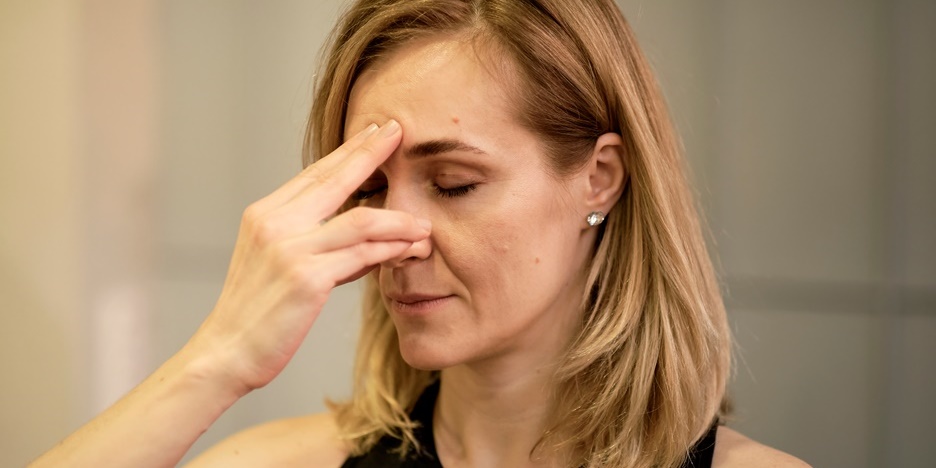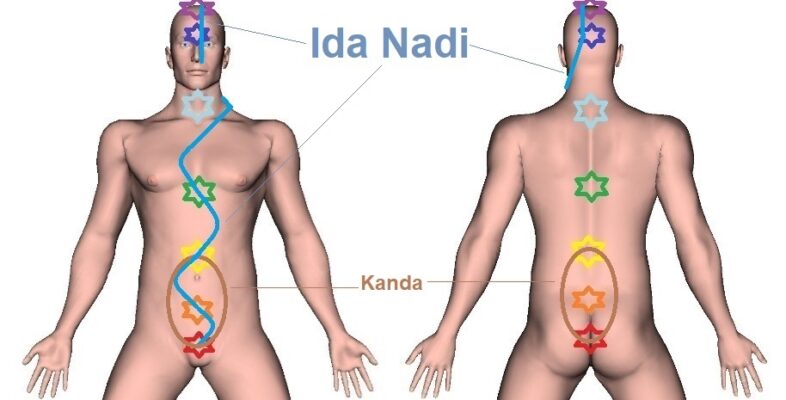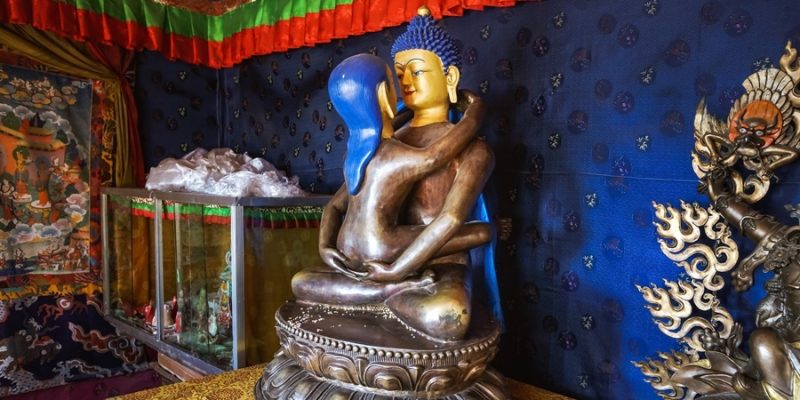
Nadi Shodhana (also written Nadi Shodhan) — popularly called Alternate Nostril Breathing — is a Yogic Breathwork technique i.e. breath control practice, a so-called Pranayama, which is thought to have a wide range of health benefits.
By the way, the name Nadi Shodhana is sometimes used synonymously with Anuloma Viloma Pranayama, which is likewise a nostril breathing technique. In any case, before we describe Nadi Shodhana breathing and its benefits, first something about the name itself.

The word Nadi refers to the Yoga Energy Channels that run through the body and distribute Prana Life Force, necessary for proper functioning of the human body, mind, and spirit. The word Shodhana is translated in several ways, such as “purification,” “circulation,” or “cleansing.”
Nadi Shodhana then would mean something like “Cleansing the Energy Channels.” It’s thought to notably refer to cleansing, opening, or unblocking the three principle Yoga Nadis — Sushumna Nadi, Ida Nadi, and Pingala Nadi.
The benefits attributed to practicing Nadi Shodhana are manifold. Think, for instance, of reduction of anxiety and stress, stimulation of better sleep patterns, heart rate control, expulsion of toxins and waste products out of the body, relaxation of the nervous system, improvement of cardiovascular function, cleanse of the respiratory and energy channels, mental clarity, improved concentration ability, and the promotion of general well-being.
Nadi Shodhana is called an Alternate Nostril Breathing practice, because it indeed involves nasal breathing techniques that performs breathing through alternate nostrils, one side at a time, that is, alternating inhalation and exhalation between the right and left nostrils.

Mind, however, that there are several different ways of performing Nadi Shodhana, but they basically all serve to regulate the flow of air through the nasal passages in order to achieve the aforementioned health benefits. Typically, the slow and deep inhalations and exhalations should be equal in length and speed.
For instance, one can begin by inhaling through the left nostril (while closing the right nostril with a finger), then — immediately or after breath retention — exhaling through the right nostril (with the left nostril closed), then inhaling through the right nostril (while still closing the left nostril with a finger) and finally exhaling through the left nostril (while closing the right nostril with a finger), and so on.
You can practice Alternate Nostril Breathing in various positions, but it’s usually carried out seated on the floor with the legs crossed, in the lotus pose, or by sitting on the heels, while using a variety of Mudras to alternate closing and opening of the nostrils with the fingers.
















